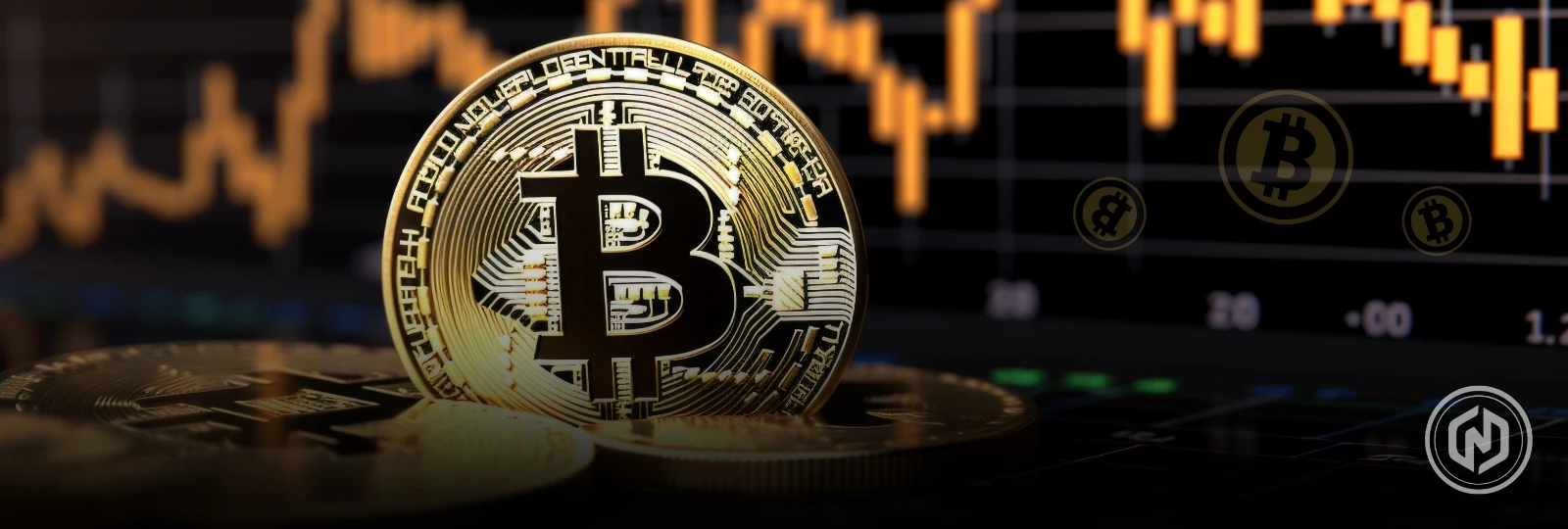Key Highlights:
- Riot posted $219.5 million in net income and $495.3 million in adjusted EBITDA
- The company mined 1,426 Bitcoin and generated $140.9 million in Bitcoin mining revenue
- With $255.4 million in cash, $2.1 billion in Bitcoin holdings, and a vertically integrated mining model, Riot is well capitalized to expand into high-performance computing (HPC) and data centers
Riot Platforms, one of the most prominent players in Bitcoin mining and high-performance computing infrastructure, has disclosed a blockbuster second quarter, riding the wave of a resurgent cryptocurrency market amid an ongoing bull run.

(Source: Riot Platforms, Inc. on X)
In a report, the company reported a staggering $219.5 million in net income and $495.3 million in adjusted EBITDA. This is one of its strongest performances to date.
For CEO Jason Les, these results are a validation of Riot’s long-term strategy. “Strong tailwinds in the price of Bitcoin contributed to Riot achieving record numbers,” Les said in the earnings release. “We’ve built world-class capabilities in power procurement, Bitcoin mining at global scale, and infrastructure engineering. This positions us to maximize shareholder value while expanding into high-value data center operations.”
The numbers speak for themselves. Total revenue hit $153.0 million, more than double the $70.0 million reported in the same quarter last year. Bitcoin mining revenue alone surged to $140.9 million, up from $55.8 million in Q2 2024, driven by higher Bitcoin prices and increased mining efficiency.
Riot Platforms Gains an Advantage in Bitcoin Mining
Riot’s ability to scale its mining operations has been a key factor in its success. The company produced 1,426 Bitcoin in Q2, a significant jump from 844 Bitcoin in the prior-year period.
However, the cost of mining has also risen—$48,992 per Bitcoin compared to $25,329 last year. This increase was expected, largely due to the April 2024 Bitcoin ‘halving’ event, which reduced mining rewards by 50%, and a 45% surge in global network hash rate, making mining more competitive.
Despite these challenges, Riot’s vertically integrated model—bolstered by its acquisition of ESS Metron in 2021—has helped mitigate costs. The company has already realized $18.5 million in capital expenditure savings, proving the value of controlling its supply chain.
Rock-Solid Financial Position
Riot’s balance sheet remains one of the strongest in the industry. The company holds $255.4 million in unrestricted cash, $74.9 million in restricted cash, and $62.5 million in marketable securities, giving it ample liquidity for expansion. Perhaps even more impressive is its Bitcoin treasury—19,273 Bitcoin (worth approximately $2.1 billion at June 30 prices), with a portion held as collateral.
This financial muscle allows Riot to invest aggressively in infrastructure. The company’s flagship sites in Rockdale, Texas, and Corsicana, Texas, serve as the backbone of its operations, with plans to shift more capacity toward high-performance computing (HPC) data centers.
The recent hiring of Jonathan Gibbs as Chief Data Center Officer signals Riot’s ambitions beyond just Bitcoin mining.
Bitcoin Mining Profitability Rises
Bitcoin mining profitability saw a 5.3% increase in June, driven by a slight uptick in BTC’s price and a significant drop in network competition, according to a Jefferies report. The cryptocurrency’s price rose 1.2%, while the global hashrate, a measure of mining difficulty, fell 6.7%, easing pressure on miners.
The decline in hashrate, which reflects the total computational power securing the Bitcoin network, came as extreme summer heat in the US pushed energy costs higher. This forced less efficient miners to scale back operations, reducing overall competition. The shift provided a temporary boost for remaining miners, improving their profit margins.
Further fueling optimism, Bitcoin’s price surged past $123,000 in July, setting a new all-time high. Analysts attribute the rally to favorable regulatory developments and a weakening USD, partly influenced by tariff-related remarks from former President Donald Trump.
However, despite improved profitability, North American public miners reported a monthly decline in Bitcoin production, which shows that operational challenges such as high energy costs continue to impact output.
Also Read: SEC Chair’s ‘Project Crypto’: Most Crypto Are Not Securities



